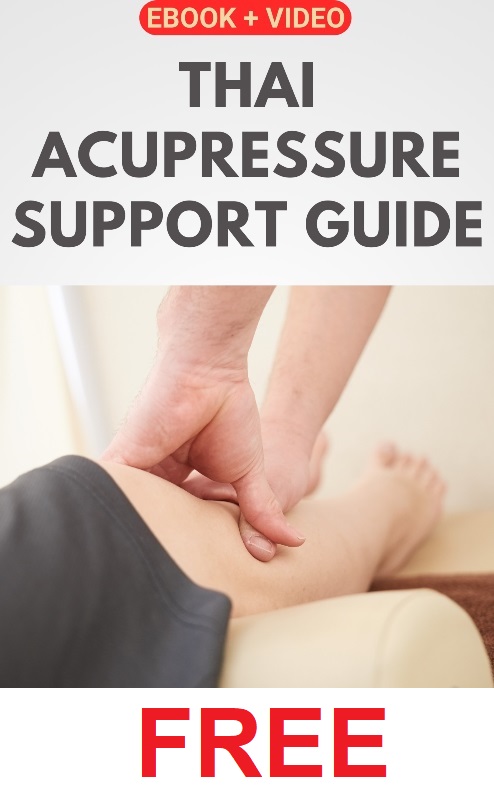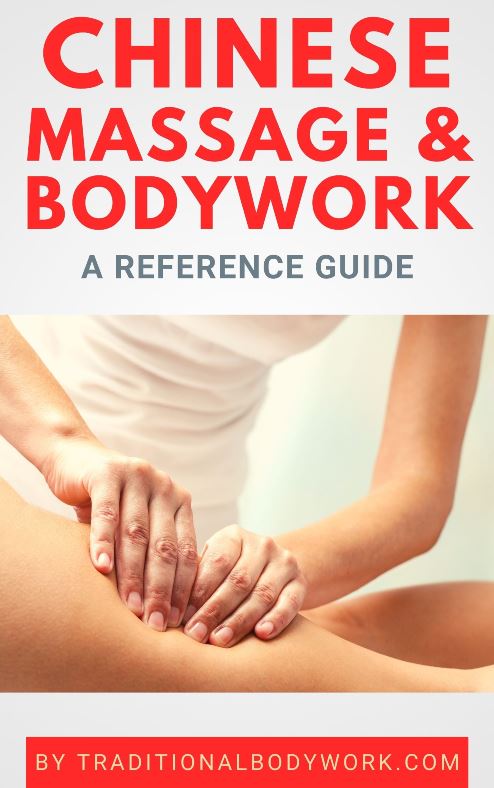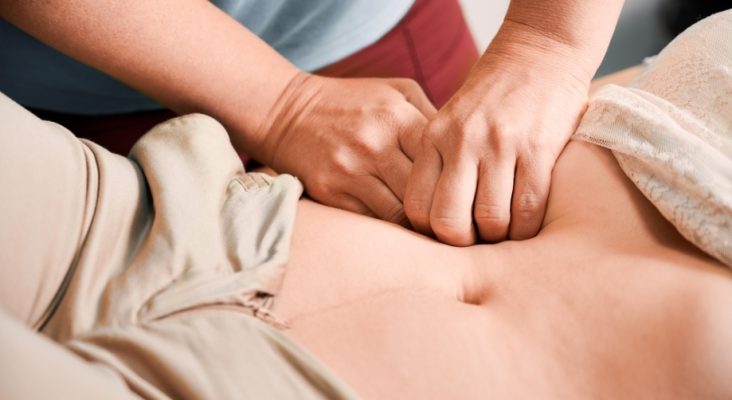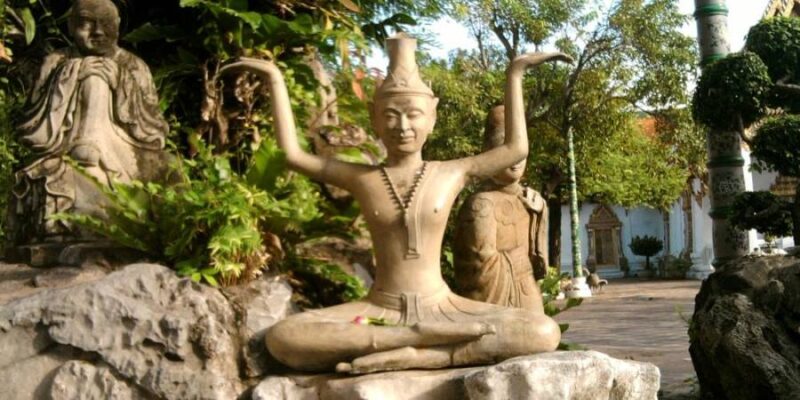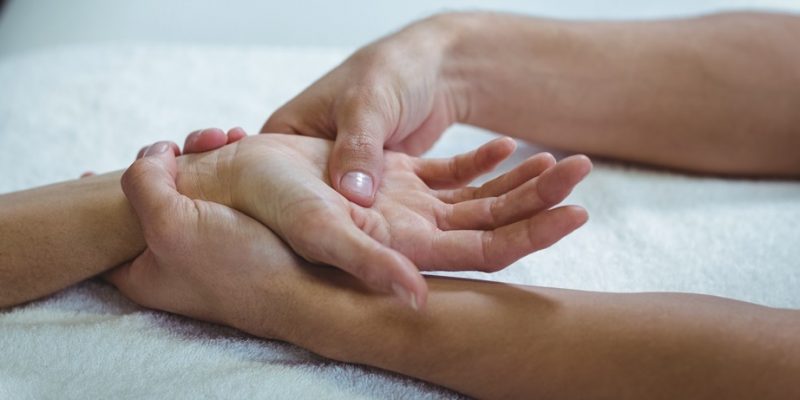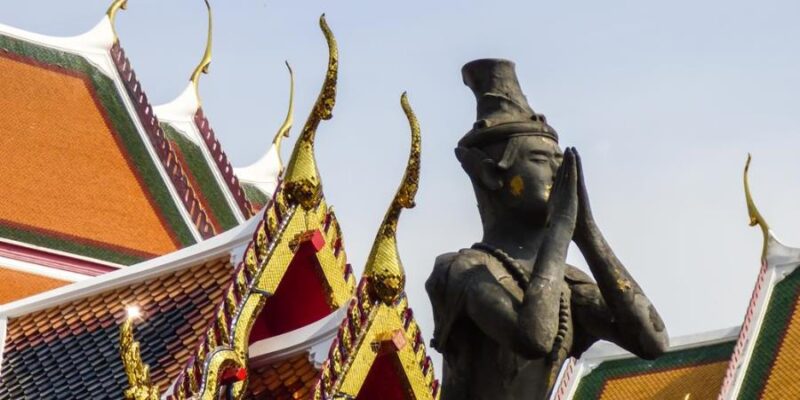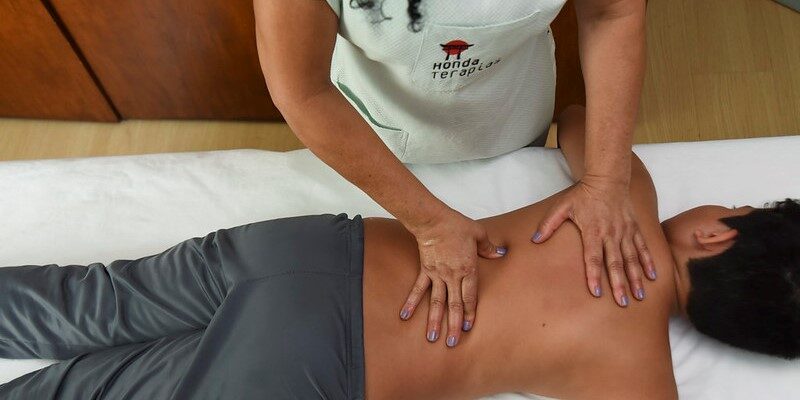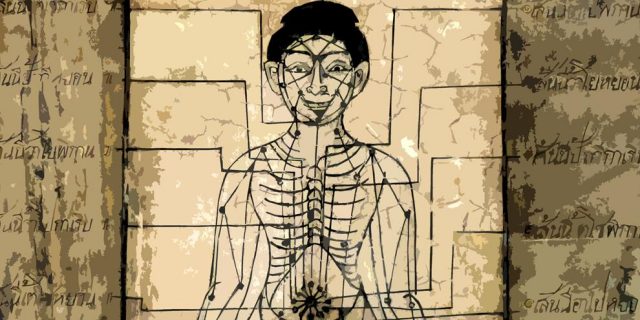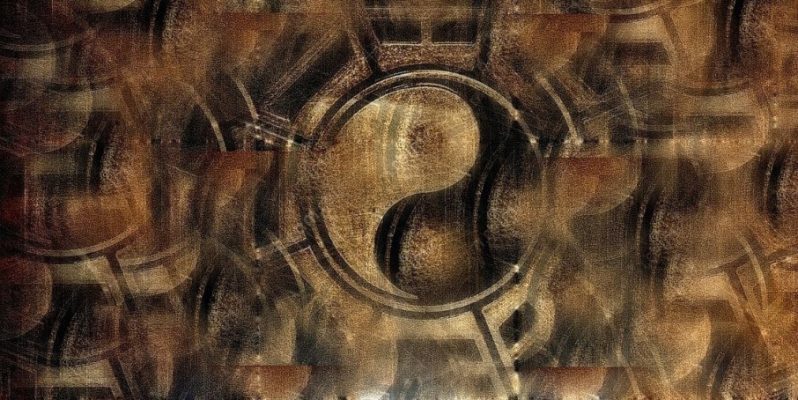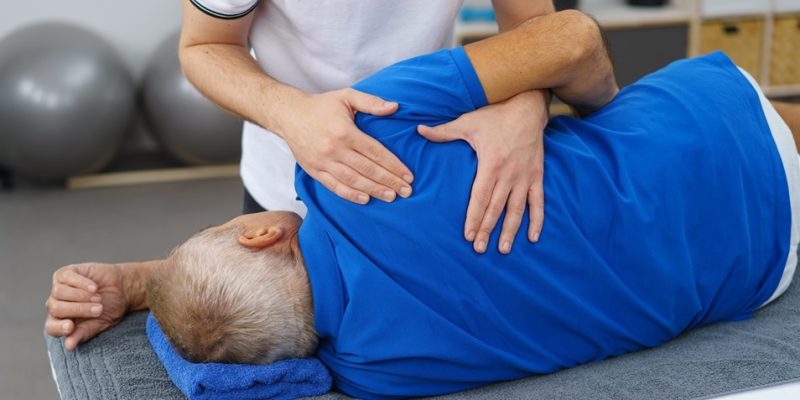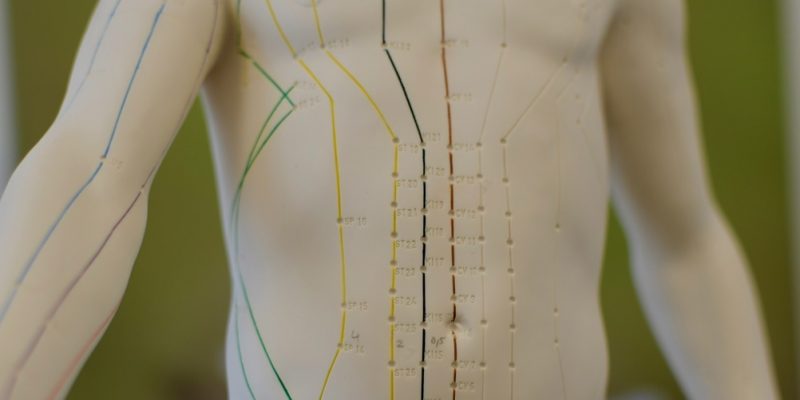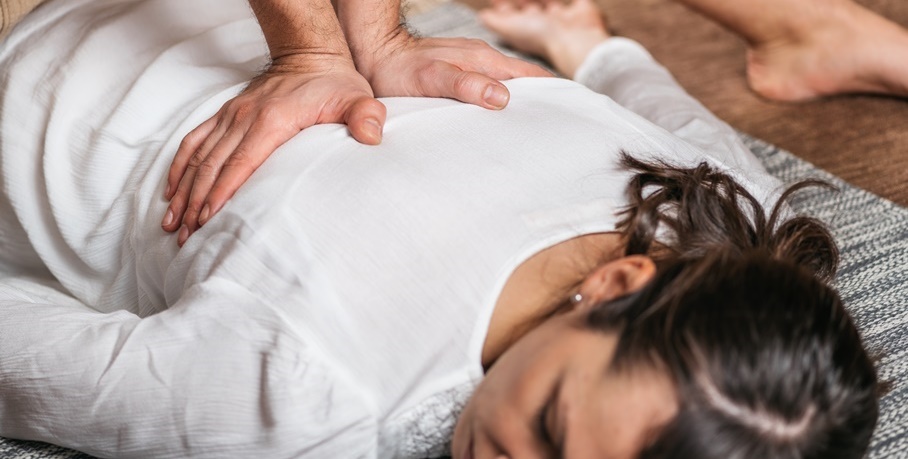
In both their theoretical and practical aspects Thai Massage and Japanese Shiatsu have quite a lot in common; Shiatsu, like Thai Massage, is an Asian holistic massage therapy, traditionally carried out as a clothed massage without the use of oils, applied on a massage mat or futon on the floor.
In both treatments, therapists use the thumbs, fingers, palms, elbows, feet and knees to give pressure and acupressure, which is along the Meridians in Shiatsu, and along the Sen Energy Lines in Thai Massage, while also applying other techniques, such as stretches and specific body mechanics.

The core aim of both treatment modalities is to stimulate and balance the flow of Life Force Energy — called Ki in Shiatsu and Lom Pran in Thai Massage — thereby promoting the inherent self-healing functions of body and mind of the receiver.
Yet, in a very general sense one could say that Shiatsu is more focused on giving acupressure, and Thai Massage in a lesser degree, while using more stretching techniques, depending on the style and lineage of Thai Massage. It depends, because, for instance, Royal Style Thai Massage is predominantly an acupressure based massage.
Another thing is that Thai Massage therapists are perhaps somewhat more inclined to bring in other Thai Healing Arts into their Thai Massage sessions, such as the use of herbal compresses, wooden tools to give pressure or acupressure, certain oils and lotions, to give some examples.
Perhaps the biggest difference between Shiatsu and Thai Massage is not so much the massage techniques that are used, but the theoretical concepts that are the foundation of these two therapies. Shiatsu is strongly rooted in Traditional Chinese Medicine and Meridian theory, but Thai Massage is rooted in Thai Traditional Medicine and Sen Line theory. The Vital Energy Line trajectories and functions differ rather significantly, and the healing concepts of their underlying traditional medicine systems have similarities, but also many differences.
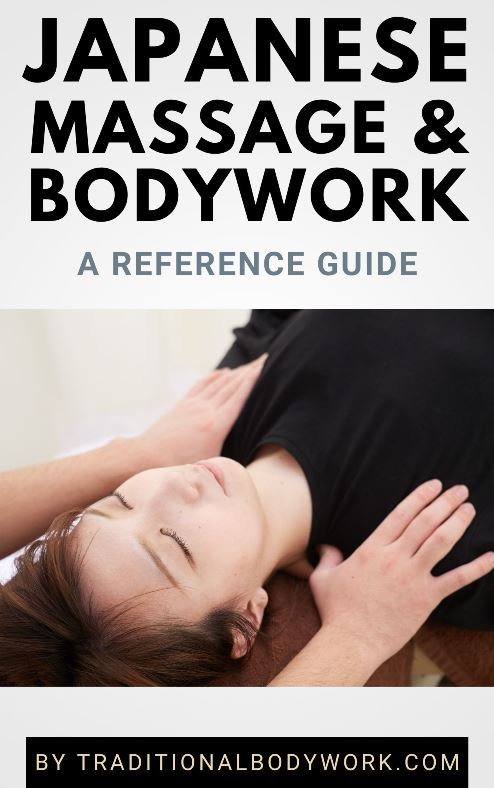
Nonetheless, because of the many similarities between Thai Massage and Shiatsu Massage, it’s not remarkable that you’ll find quite some blending and integrations of these two modalities.
For instance, Zenthai Shiatsu draws from the traditional energetic based systems of Zen Shiatsu, Traditional Thai Massage, mindfulness, and remediation techniques of Osteopathy.
Ashi-Thai is a clothed Barefoot Massage Therapy (that is, therapists massage their clients with their feet) that combines Traditional Thai Massage, Table-Thai, and Ashiatsu techniques, often carried out on a large massage table.
And Table Thai Shiatsu, which is yet another Thai-Shiatsu fusion, mixes three different techniques: massage on the table, Shiatsu, and Thai Traditional Massage.
As a whole, you can find quite some Thai-Shiatsu treatment combinations and offerings in spas and massage establishments around the world. Although originating from different local healing traditions, Thai Massage and Shiatsu may form an ideal blend, that is, one that combines the effective acupressure work of Shiatsu with the dynamic stretches and flow of Thai Massage.



